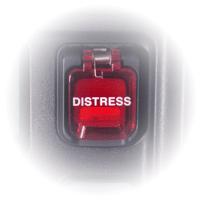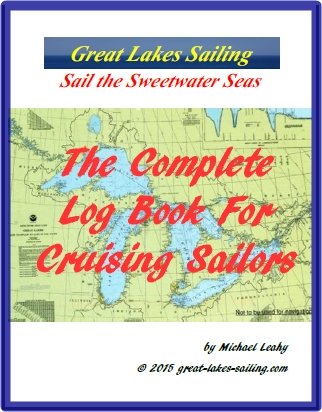DISTRESS CALLING
|
By usage and agreement, there are three levels of distress call: Mayday, Pan Pan and Securité.
And NEVER EVER be tempted to place a hoax distress call - EVER. |
 |
MAYDAY is derived from the French expression venez m'aider or 'come help me'. Although often used for a variety of problems, it appropriately refers to the immanent possibility of loss of the station (i.e. your boat) or of life. Fire on board? – certainly. Running out of fuel? - not really.
PAN PAN (pronounced 'pawn pawn')is derived from the French word panne meaning 'breakdown'. It signals that there is an urgent but not life-threatening situation on board. An example may be running out of fuel, or a medical problem that required attention either at dockside or via radio instructions.
SECURITĖ (pronounced 'say cure i tay') is derived from the French word for security or safety. It is the signal sent when transmitting navigation, meteorological or safety information. An example may be the discovery of a log floating in an entrance channel.
There is a very specific format for a distress call. Click here for a formatted Distress Call Form.
Print this form & tape it beside your radio. Review it with guests.
MAYDAY MAYDAY MAYDAY
THIS IS ___________________________(Vessel name 3 times)
MAYDAY (followed by vessel name))
POSITION _________________________________________
NATURE OF DISTRESS ______________________________
AID REQUIRED _____________________________________
NUMBER OF SOULS ON BOARD + VESSEL DESCRIPTION _____________
Example:
MAYDAY MAYDAY MAYDAY
This the sail vessel DOLPHIN sail vessel DOLPHIN sail vessel DOLPHIN
MAYDAY sail vessel DOLPHIN
My position is:
four three degrees two nine decimal eight zero two minutes north
zero seven nine degrees four decimal nine zero two minutes west
We are holed and taking on water
We require immediate assistance
There are six souls on board; 4 adults, 2 children; all with pfd's, no injuries,
Vessel has blue hull, orange smoke on the water
Some things to keep in mind.
1.) Remain calm
2.) Mayday is repeated three times to ensure that it is heard accurately.
3.) It is vital to speak clearly, slowly.
4.) Split numbers for clarity, i.e. Four Three instead of 43 (Forty Three).
5.) If you know it, and you need it, be ready to use the phonetic alphabet to ensure clarity
6.) Hold the mic a few inches away from your mouth to reduce distortion
7.) RELEASE THE KEY after speaking (if not, you can't receive a reply).
8.) Stay calm - excited, rapid or yelled transmissions only get garbled making it even harder for the receiver to make out what you are saying.
Hoax Calls
As hard as it is to believe, there are people who will place fake or hoax MAYDAY calls. Aside from being profoundly dumb, it is a very serious thing to do. It mobilizes SAR crews who may get injured in the process of launching and conducting a totally unnecessary search in foul weather, it consumes huge amounts of money and it diverts resources from legitimate SAR activities. A hoax distress call in New Jersey is estimated to have cost in excess of $300,000. The Detroit River has been plagued with hoax calls.
Other than knowing that this is a wrong thing to do, its also important to know that authorities take these very very seriously. They will use all technical resources possible to find and prosecute those who make a hoax distress call. The penalties are significant and include jail sentences, heavy fines and likely restitution orders to repay the costs incurred.
Don't be tempted to do this. If you know people who do this, report them. The life you save may be your own as you will want those SAR resources available to find you, not wasted on a wild goose chase.
Click here to return to Communications
Click here to return HOME
Check out our great deals on quality radios from Standard Horizon
Name Brands Quality Products
Click the STORE button on the navigation bar
The Complete Log Book For Cruising Sailors
written by a sailor for sailors

a practical, easy-to-use yet thorough format to record all of the necessary information about your boat and any cruises you take – whether exploring home waters or voyaging to distant ports across the Great Lakes.
.
Click here for more details